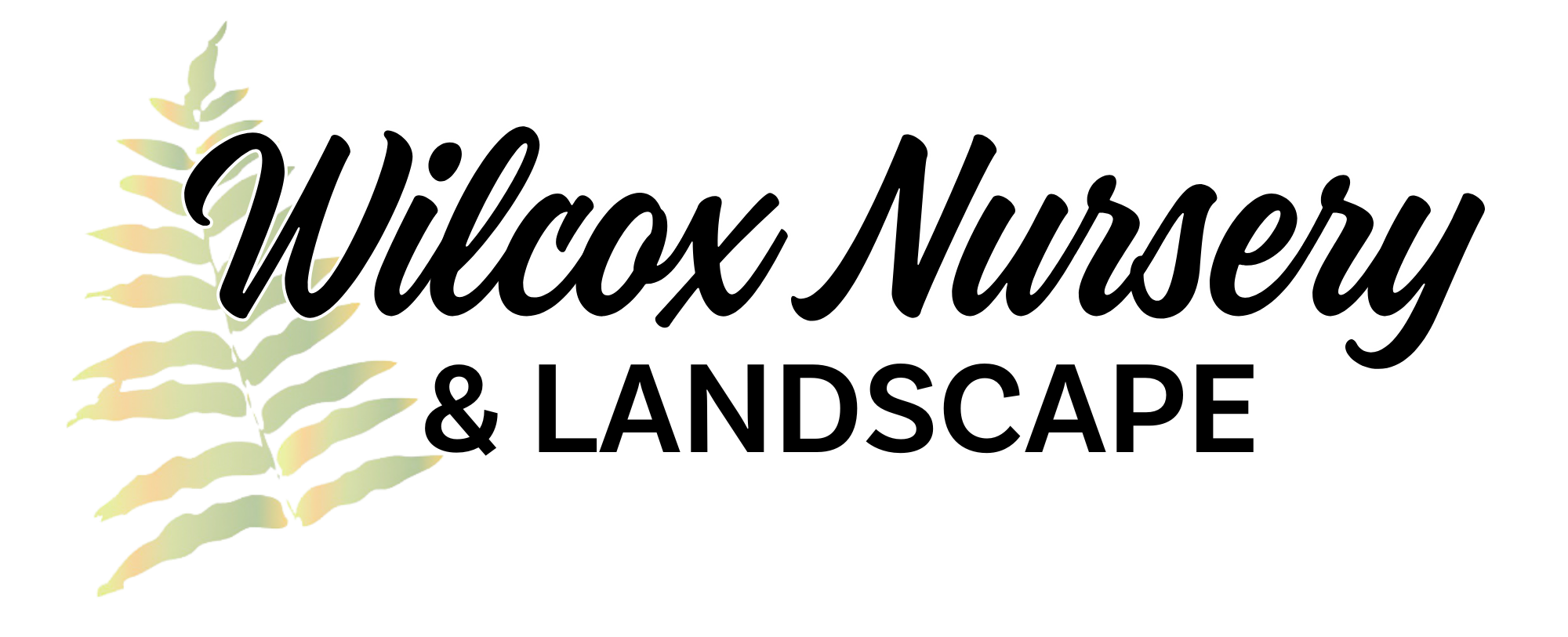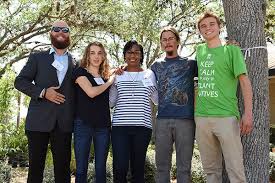Native crops require pollination. Various insects and animals, including honey bees, butterflies, moths, beetles, bats, and birds, complete the pollinator-plant ecosystem by carrying pollen for reproduction. And each pollinator depends on a different selection of plants to flourish. But despite the multitude of pollinators available, one species of honey bee (Apis mellifera) is most relied on to help pollinate crops. The drastic decline in managed pollinators, especially bees, has indeed affected crop availability, quality and value too.
Causes Of Population Decline Among Pollinators
During the last three decades, the pollinator population of various species has been in severe decline due to several stressors including invasive pests, parasites and diseases, exposure to pesticides and other chemicals, loss of supporting native species of plants, use of Neonicotinoid seed treatments & GMOs, and changing climate. Habitat destruction due to rampant land use and growing urban sprawl has limited nesting sites for honey bee pollinators. Even global climate change has led to a decline in interactions between flowers and pollinators and caused changes in spatial relationships of pollinators and plants. By the time pollinators come out of hibernation in spring, the food they survive on may have already bloomed. Even late or early frosts can kill off flowers, too. Studies have shown disruption of migratory routes among other pollinators such as hummingbirds, nectar-feeding bats, and some butterflies is also contributing to the decline among pollinators.
Unfortunately, these stressors have all worked together to push nearly 40% of species of bees and invertebrate pollinators towards imminent extinction, along with 16 percent of pollinators with backbones, like hummingbirds. In the US, about 30% of bee colonies have been lost every year since 2006, with total annual losses even as high as 42% in 2015. Without bees and other pollinators, many of us would no longer be able to enjoy foods that are now part of our daily lives.
What Can You Do to Help at Home?
If you’re like us, you want to help. You can start by researching and finding native-bee-nurturing practices to help in pollinator conservation and also to sustain agriculture in the region. Landscapers and homeowners now recognize the importance of local pollinators as valuable partners and are incorporating natural habitat in their work to make room for them. By actively restoring beekeeping, we have reclaimed the role of bees in pollinating their crops, which has drastically increased crop yield and increased profits. Homeowners can also install hives in their yard to help pollinate the plants in your neighborhood.
Creating pollinator habitats in your yard is all about providing food, shelter, nesting, and watering areas for the pollinator insects you are looking to attract. No matter if you live in an urban or rural environment you can grow a garden. Studies show pollinators will come despite urban conditions. Make your garden visually attractive for bees by planting large colorful and diverse varieties of flowers, trees, shrubs, herbs, annuals, and perennials for visual attraction. There should be something blooming all season long.
Ditch the use of chemicals and pesticides. Opt for organic gardening instead.
Leave part of your yard wild for overwintering bees. Leaving patches of bare ground for ground nesters can be helpful.
One of the best thing homeowners can do to attract pollinators like bees is reduce the monoculture of useless, high input lawns for a diversity of life supporting and beautiful native plants. Get rid of the lawn and fill your space with life sustaining native plants to nurture and protect the pollinators. Native plants have a natural symbiotic relationship with local wildlife and are therefore the most sustainable habitat. Moreover, native plants thrive in the soil, moisture and climate of your region, which means less water wastage and reduced pest problems.
Discovering the native plants for your area can help you create a garden habitat that is just right for preserving the natural history of the flora and fauna of your region. Choose plants wisely because studies show that local native pollinators prefer local plants. Here are some recommendations from Wilcox Nursery about plants that are especially attractive to pollinators-
- Dotted Horsemint
- Monarda Punctata
- Snow or Everglades Squarestem
- Melanthera Nivea.
- Even serberal shrubs are significant attractors too, such as Native Palms, Hollies and Stoppers.
Remember that the honey bee, and all other pollinating birds and insects, is your friend. Take care of the earth and protect the pollinators and their delicate ecosystems. Sign up for your newsletter from Wilcox Nursery and Landscaping to learn more about planting native plants for pollinators. Come and see us and we will help you pick out the best pollinator attractors for your space. You can also reach us at 727-219-9549.

